Market Share
Hydrosols Market Share Analysis
In the evolving landscape of the Hydrosols Market, companies deploy a range of strategies to position themselves competitively and cater to the growing demand for natural and sustainable products. A fundamental strategy involves product differentiation through botanical diversity. Companies often offer a wide array of hydrosols derived from various plants, such as rose, lavender, chamomile, and peppermint. By providing a diverse selection, companies can address different skincare needs and preferences, positioning themselves as comprehensive providers within the hydrosols segment. Branding plays a crucial role in market positioning within the Hydrosols Market. Companies focus on building strong brand identities that highlight the purity, organic sourcing, and eco-friendly production practices associated with their hydrosols. Labels emphasizing qualities like steam distillation, chemical-free processing, and cruelty-free practices resonate with environmentally conscious consumers. A well-established brand not only sets companies apart from competitors but also influences consumer trust and purchasing decisions, impacting overall market share. Pricing strategies are integral to market positioning in the Hydrosols Market. While hydrosols are often perceived as premium products due to their natural and therapeutic attributes, companies may adopt various pricing tiers based on factors such as botanical rarity, organic certifications, and packaging. Balancing affordability with perceived value allows companies to cater to a broad range of consumers, contributing to increased market share. Distribution channels play a vital role in reaching consumers within the Hydrosols Market. Companies often collaborate with natural health stores, spas, beauty retailers, and online platforms to enhance product accessibility. Strategic partnerships with skincare brands and wellness practitioners for product inclusion also contribute to widespread market penetration, increasing brand visibility and influencing market share positively. Innovation in product development is a key dimension of market share positioning. Companies invest in creating new formulations and applications for hydrosols, such as facial mists, toners, and aromatherapy blends. Offering innovative and versatile products not only expands market reach but also positions companies as leaders in meeting the evolving skincare and wellness needs of consumers within the hydrosols segment. Digital marketing and online presence are essential tools in the Hydrosols Market. Companies leverage websites, social media platforms, and digital advertising to educate consumers about the benefits of hydrosols, share skincare routines, and engage with their target audience. Building a robust online community allows companies to gather valuable insights into consumer preferences, respond to feedback, and adjust marketing strategies to positively influence market share. Collaborations and partnerships are significant components of market share growth within the Hydrosols Market. Aligning with beauty influencers, natural skincare brands, or eco-friendly organizations can enhance a company's credibility and market reach. Such collaborations provide opportunities for joint marketing efforts, expanded distribution, and shared resources, contributing to increased market share. Quality assurance and sustainability are paramount for market positioning in the Hydrosols Market. Consumers seeking natural and sustainable products place a high value on the quality, authenticity, and environmental impact of hydrosols. Companies that invest in transparent supply chains, ethical sourcing practices, and eco-friendly packaging build consumer trust, influencing market share positively.

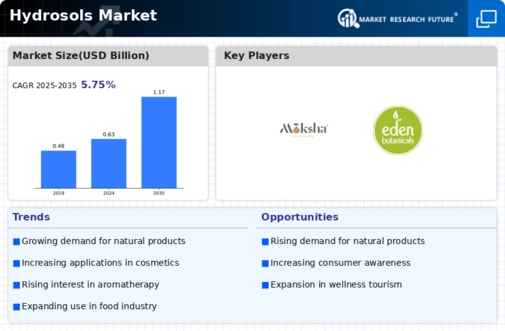
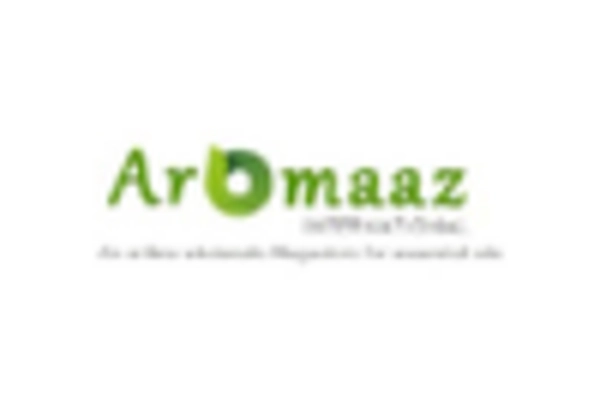
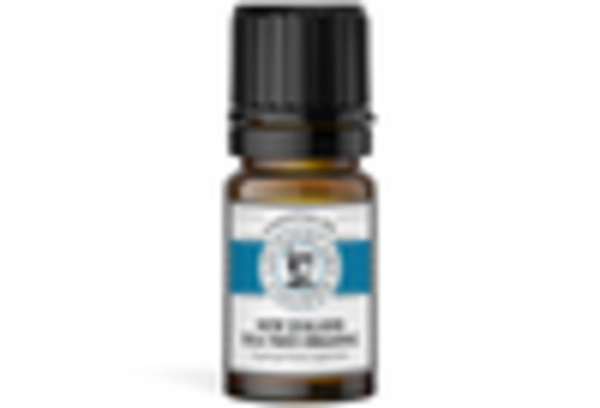
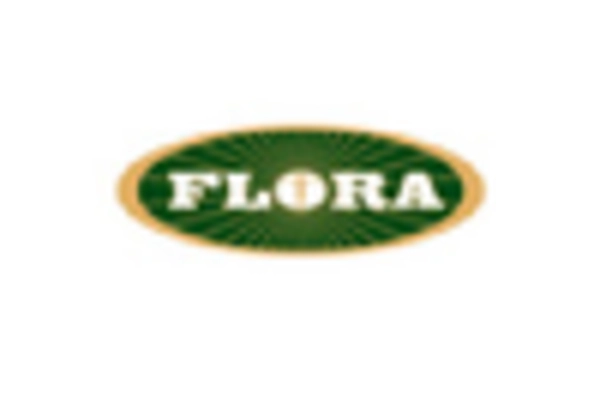
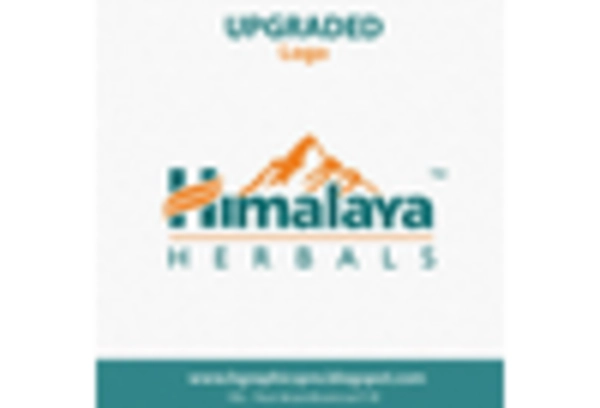
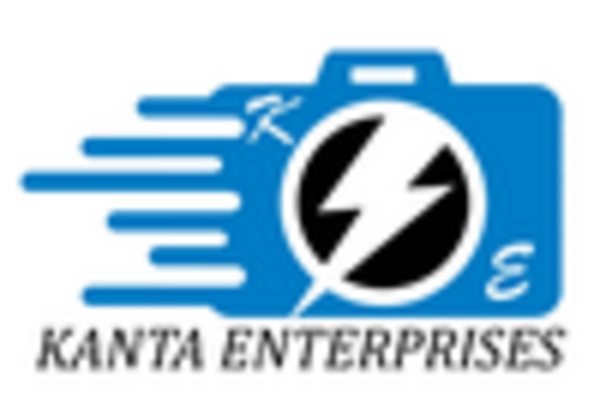
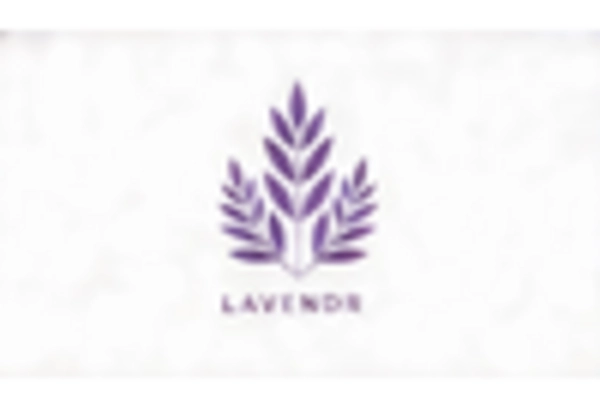









Leave a Comment